Building an Eco-bridge Between Idealism and Pragmatism – One Community Weekly Progress Update #115
Building an eco-bridge between idealism and pragmatism is possible through open source sustainability components. The path to accomplishing this is to inspire people with a working model. This model should be designed for widespread appeal by being affordable, applicable across a diversity of cultures, easily accessible, created so that people with average knowledge and little or no experience can duplicate it, and with a marketing engine capable of exposing enough people to build the necessary momentum for it to continue on its own. We see this as for The Highest Good of All and having the ability to create a New Golden Age of cooperation, collaboration, innovation, creativity, sustainable living, and increased happiness for everyone and everything on this planet:
- Here’s our project overview
- Here’s our world-change methodology
- Here’s how this becomes self-replicating
- Here’s how we are open source and free-sharing all the do-it-yourself designs<
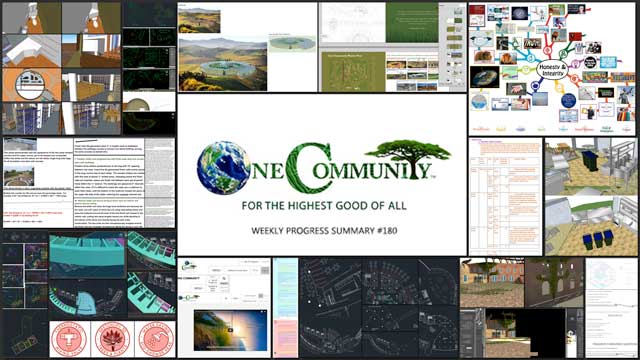
OUR MAIN OPEN SOURCE HUBS
Click on each icon to be taken to the corresponding Highest Good hub page.
One Community’s physical location will forward this movement as the first of many self-replicating teacher/demonstration communities, villages, and cities to be built around the world. This is the May 17th, 2015 edition (#115) of our weekly progress update detailing the previous week’s development and accomplishments:
Building an Eco-bridge Between
Idealism and Pragmatism
One Community Weekly Progress Update #115
Here is the bullet-point list of last week’s design and progress of Eco-bridge between idealism and pragmatism discussed in detail in the video above:
BUILDING AN ECO-BRIDGE BETWEEN IDEALISM AND PRAGMATISM – INTRO @1:00
BUILDING AN ECO-BRIDGE BETWEEN IDEALISM AND PRAGMATISM – HIGHEST GOOD EDUCATION @2:00
- Transferred final 25% of the written section and images for the “Nature“ lesson plan to the website (see below)
- Behind the scenes: Wrote the next 25% of our lesson plan with the central theme of “Communication” (see below)
- Paige Allison Donatelli finished the first 25% of the image creation for the “Communication” lesson plan mind map (see below)
- Featured new “Highest Good” lesson plan image across social media that Paige helped us create (see below)
BUILDING AN ECO-BRIDGE BETWEEN IDEALISM AND PRAGMATISM – HIGHEST GOOD FOOD: @3:28
- Finished final social media imagery and featured open source lettuce hub and open source peas hub (see below)
- Researched and added two additional recipes to the open source tomatoes hub (see below)
- Behind the scenes: Benjamin Sessions is creating a month long buying list for the omnivore section of our Food Self-sufficiency Transition Plan
- Added three tasty recipes from Sandra Sellani to the Food Self-sufficiency Transition Plan (see below)
BUILDING AN ECO-BRIDGE BETWEEN IDEALISM AND PRAGMATISM – HIGHEST GOOD HOUSING: @4:46
- Created two new layouts for the shower dome that will be part of the upcoming dome-home crowdfunding campaign (see below)
- Behind the scenes: finished writing the final waterproofing strategy for the shower dome (see below)
- Moved the net-zero-water-use bathroom layouts and specifics to the website. This is the excellent work of Beatriz Rocha (see below)
- Sheng Xu finished his 8th round of SolidWorks design specifics for the 3-dome cluster of the upcoming crowdfunding campaign (see below)
- Sayonara Batista completed a week of researching the benefits and challenges of earthblock construction. Details of Sayonara’s work are on the new Compressed Earth Block Village (Pod 4) page (see below)
- Moved another 15% of work done by Antonio Zambianco to the earth dome loft structural engineering calculations page (see below)
- Nelli Levental completed an initial Cob Village (Pod 3) sketch (see below)
- The Design Team members from Team Brazil created 3-D concept renders of the Earthship Village (Pod 6) and initial designs of the Shipping Container Village (Pod 5) (see below)
- Mike Hogan began working on the details of the Control Systems design that will eventually service all 7 sustainable village models (see below)
BUILDING AN ECO-BRIDGE BETWEEN IDEALISM AND PRAGMATISM – DUPLICABLE CITY CENTER: @7:25
- Updated and edited the Duplicable City Center water catchment and storage designs created by Mateus Moura Barretto (see below)
- Mayke Balbino completed revision 3 of the Duplicable City Center designs in AutoCAD (see below)
BUILDING AN ECO-BRIDGE BETWEEN IDEALISM AND PRAGMATISM – HIGHEST GOOD SOCIETY: @8:31
- Began adding images and additional formatting of the work of Binru Chen on the tax considerations and strategy page (see below)
- Created a state-by-state resource for the US Departments of Taxation listing all state government tax pages (see below)
- Finalized and added the Community Member home and home shares ownership agreement to the One Community legal page. This is the work of Yusuf Sulayman (see below)
BUILDING AN ECO-BRIDGE BETWEEN IDEALISM AND PRAGMATISM – SUMMARY: @9:21
- How you can most help us right now and how anyone can help
CLICK HERE IF YOU’D LIKE TO RECEIVE AN EMAIL EACH WEEK WHEN WE RELEASE A NEW UPDATE
YOU CAN ALSO JOIN US THROUGH SOCIAL MEDIA
ONE COMMUNITY WEEKLY UPDATE DETAILS
BUILDING AN ECO-BRIDGE BETWEEN IDEALISM AND PRAGMATISM- HIGHEST GOOD EDUCATION PROGRESS
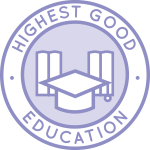 One Community is building an eco-bridge between idealism and pragmatism through Highest Good education that is for all ages, applicable in any environment, adaptable to individual needs, far exceeds traditional education standards, and more fun for both the teachers and the students:
One Community is building an eco-bridge between idealism and pragmatism through Highest Good education that is for all ages, applicable in any environment, adaptable to individual needs, far exceeds traditional education standards, and more fun for both the teachers and the students:
- Learn about the components of eco-bridge between idealism and pragmatism: Education open source hub
- Learn how the components of eco-bridge between idealism and pragmatism work together: How to use the Education for Life Program
This last week the core team transferred the final 25% of the written content for the Nature lesson plan that teaches all subjects, to all learning levels, using the central theme of Nature. The page is for use in any learning environment and this brings it to 90% complete. The final pictures for the page are coming next.
Behind the scenes, we wrote the next 25% of our lesson plan with the central theme of “Communication” – which now brings that to 75% complete.
Paige Allison Donatelli (Graphic Designer and Owner Operator of Namaste Living in a Material World) finished the first 25% of the image creation for the “Communication” lesson plan mind map, which you can see here:
Paige also helped us create this new image for the “Highest Good” lesson plan, which we featured this week across our social media channels:
BUILDING AN ECO-BRIDGE BETWEEN IDEALISM AND PRAGMATISM – HIGHEST GOOD FOOD PROGRESS
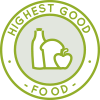 One Community is building an eco-bridge between idealism and pragmatism through Highest Good food that is more diverse, more nutritious, locally grown and sustainable, and part of our open source botanical garden model to support and share bio-diversity:
One Community is building an eco-bridge between idealism and pragmatism through Highest Good food that is more diverse, more nutritious, locally grown and sustainable, and part of our open source botanical garden model to support and share bio-diversity:
- Learn about the structures: Hoop House Hub | Aquapini & Walipini Open Source Hub
- See what we’ll be growing: Gardens & Hoop Houses | Large-scale Structures | Food Forest | TA
This last week the core team finished the final social media imagery and featured our open source lettuce hub:
And we did this for our and open source peas hub:
We also researched and added two additional recipes to the open source tomatoes hub, which you can see here. More recipes from our Food Self-sufficiency Transition Plan that feature tomatoes will be added here in the future.
Behind the scenes, Benjamin Sessions is continuing the creation of our 6-month long buying list for recipes for the omnivore section of our Food Self-sufficiency Transition Plan. This week he focused on order forms.
We also added three additional recipes from Sandra Sellani (Vegan Chef and author of What’s Your BQ?) to the Food Self-sufficiency Transition Plan. These recipes are: (vegan) ‘Egg‘ Muffin Sandwiches… Summer Squash Noodles… and Roasted Eggplant Tomato Soup:
BUILDING AN ECO-BRIDGE BETWEEN IDEALISM AND PRAGMATISM – HIGHEST GOOD HOUSING PROGRESS
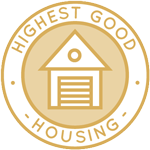 One Community is building an eco-bridge between idealism and pragmatism through Highest Good housing that is artistic and beautiful, more affordable, more space efficient, lasts longer, DIY buildable, and constructed with healthy and sustainable materials:
One Community is building an eco-bridge between idealism and pragmatism through Highest Good housing that is artistic and beautiful, more affordable, more space efficient, lasts longer, DIY buildable, and constructed with healthy and sustainable materials:
- Learn about: Our Upcoming Crowdfunding Campaign
- Learn about the different village models: 7 Sustainable Village Models
- Visit the open source portals for the first two: Earthbag Village OS Hub | Straw Bale Village OS Hub
This last week the core team created two new layouts for the shower dome that will be part of the upcoming dome-home crowdfunding campaign. These new designs make the plumbing more accessible and meet residential code. The one on the left is what we will be building:
Behind the scenes we finished writing the final waterproofing strategy for these structures. Next we’ll be moving those details to the website.
Speaking of moving things to the website, this week the core team moved the net-zero-water-use bathroom layouts and specifics to the website. This is the excellent work of Beatriz Rocha (Mechanical Engineering Student):
Sheng Xu (Mechanical Design Engineer) also finished his 8th round of SolidWorks design specifics for the 3-dome cluster of the upcoming crowdfunding campaign. This work included finalizing the stairs, retaining walls, and placing the 3 domes together:
Sayonara Batista (4th-year Architecture and Urban Planning Student) also completed a week of researching the benefits and challenges of earthblock construction. You can see the details of Sayonara’s work on the new Compressed Earth Block Village (Pod 4) page began by the core team:
The core team also moved another 15% of the earth dome loft structural engineering calculations to the website. This open source work was completed by Antonio Zambianco (Civil Engineering Student) and is now 35% complete on the site:
Nelli Levental (Graphic Designer and College Professor) completed and initial Cob Village (Pod 3) sketch. Here’s a picture of some cob homes from around the world too:
The Design Team members from Team Brazil also created these 3-D concept renders of the Earthship Village (Pod 6):
…and initial designs of the Shipping Container Village (Pod 5). What you see here are the 3-D renders, Elevations, initial 3-level concept layout, initial single and couples units, and a lateral facing unit:
Mike Hogan (Automation Systems Developer and Business Systems Consultant) began working on the details of the Control Systems design that will eventually service all 7 sustainable village models. These images are snapshots of what is being discussed and developed behind the scenes:
BUILDING AN ECO-BRIDGE BETWEEN IDEALISM AND PRAGMATISM – DUPLICABLE CITY CENTER PROGRESS
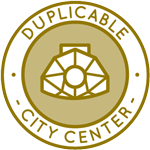 One Community is building an eco-bridge between idealism and pragmatism through a Duplicable and Sustainable City Center that is LEED Platinum certified/Sustainable, can feed 200 people at a time, provide laundry for over 300 people, is beautiful, spacious, and saves resources, money, and space:
One Community is building an eco-bridge between idealism and pragmatism through a Duplicable and Sustainable City Center that is LEED Platinum certified/Sustainable, can feed 200 people at a time, provide laundry for over 300 people, is beautiful, spacious, and saves resources, money, and space:
- Learn about this building and it’s function: Duplicable City Center Open Source Hub
This last week the core team updated and edited the Duplicable City Center water catchment and storage designs created by Mateus Moura Barretto (Civil Engineering Student specializing in Hydraulics). These designs will capture over 99,000 gallons of rainwater each year with an average rainfall of only 10 inches per year:
Mayke Balbino (Architecture and Urban Design Student) completed revision 3 of the Duplicable City Center designs in AutoCAD. This included straightening walls in the Social Dome, a new stair design in the Dining dome, updated railings and utility closet designs for the 3rd floor, and elimination of dead space with a new cupola design for the 4th floor; all changes that will further improve materials efficiency and make this structure easier to build.
BUILDING AN ECO-BRIDGE BETWEEN IDEALISM AND PRAGMATISM – HIGHEST GOOD SOCIETY PROGRESS
 One Community is building an eco-bridge between idealism and pragmatism through a Highest Good society approach to living that is founded on fulfilled living, the study of meeting human needs, Community, and making a difference in the world:
One Community is building an eco-bridge between idealism and pragmatism through a Highest Good society approach to living that is founded on fulfilled living, the study of meeting human needs, Community, and making a difference in the world:
- Read the Highest Good society overview: Highest Good Society
- Learn about the model for fulfilled living and sharing: A Day in the Life
- Learn about the 4 economic models: RBE | For-profit | Non-profit | Entrepreneurship
- Learn about our open source community collaboration and management software: The Highest Good Network
This last week the core team began adding images and additional formatting of the work of Binru Chen (Accountant Specializing in Audit and Financial Reporting) on the tax considerations and strategy page. This work is part of the Highest Good Economics component of building teacher/demonstration hubs. We’d say this work is now about 20% complete.
Beginning of Formatting on the Tax Considerations and Strategy Page – Click to Visit
We also finalized and added the Community Member home and home shares ownership agreement to the One Community legal page. This is the work of Yusuf Sulayman (Lawyer and member of the Nigerian Bar Association), added as an open source template for others wishing to form similar home ownership agreements with their members.
AND WE PRODUCED THIS WEEKLY UPDATES BLOG – CLICK HERE TO SUBSCRIBE
FOLLOW ONE COMMUNITY’S PROGRESS (click icons for our pages)
INVESTOR PAGES
GET INVOLVED
CONSULTANTS ● WAYS ANYONE CAN HELP ● MEMBERSHIP
CLICK HERE FOR ALL PAST UPDATES
WHAT ONE COMMUNITY IS CREATING
One Community is creating a place to grow together and building an Eco-bridge between idealism and pragmatism. We are creating a space that helps each other live in integrity with each other and the planet as we strive to be the greatest versions of ourselves. We do this by harmoniously respecting each other, nature, and the rest of our one shared planet.
Our goal is to demonstrate what we feel is the most sustainable, healthy, and fun environment we can create, building an Eco-bridge between idealism and pragmatism. A place based on compassion, kindness, and collaboration. This replicable community will serve as an example of what is possible.
Throughout our design process of building an Eco-bridge between idealism and pragmatism, we are open sourcing and free-sharing everything needed for construction and replication. This includes what we call “Highest Good” approaches to food, energy, housing, education, for-profit and non-profit economics design, social architecture, fulfilled living, stewardship practices, and more. We are creating these resources for implementation as individual components or complete developments called teacher/demonstration hubs. These hubs will help launch additional hubs as awareness and knowledge grow.
BUILDING THE FIRST OF MANY
One Community will be the first teacher/demonstration hub to build an Eco-bridge between idealism and pragmatism. It will function as an experiential-learning model that facilitates mass participation to address humanity’s most pressing challenges through: A replicable model for expansion, building seven self-sufficient village/city prototypes, becoming the world leader in open-source sustainability solutions, and evolving and expanding ALL aspects of sustainable living.
WHY ONE COMMUNITY IS CREATING THIS
The One Community self-replicating model is capable of building an Eco-bridge between idealism and pragmatism within 30 years. We will achieve this by establishing successful teacher/demonstration hubs on every continent. Villages include designs appropriate for each of the five main types of climates. They also include options for even the most challenged economies. These hubs will collaborate with one another, share ideas, and resources, and work together as a network to heal the planet. They will also transform the global lifestyle into a more enjoyable, fulfilling, healthy, and sustainable one.
The specifics of how One Community is accomplishing the Eco-bridge between idealism and pragmatism can be found on the One Community Solution Model to Create Solution-creating Models Page. Research supporting and showing the benefits of a model like this can be found in our Research and Resources Articles Archive.
Even if we don’t achieve our ultimate goal of Eco-bridge between idealism and pragmatism, a self-replicating teacher/demonstration model like this will take a relatively short period of time to positively affect millions while inspiring millions more. For One Community residents (the Pioneer Team), the idea of creating and sharing the social and recreational experience with visitors is also fun, exciting, fulfilling, and an additional reason why we are creating this.
INSPIRING SUSTAINABILITY WITH OPEN SOURCE
One Community’s four-phase strategy for the creation of solution models that create solution creating models uses open source blueprints for duplication that simultaneously address all aspects of the human experience (food, energy, housing, education, social inequality and injustice, fulfilled living, etc.). We see these areas as interdependent and requiring a comprehensive solution if humanity is to move ecologically, socially, economically, and permanently towards a truly sustainable future for everyone. This way we can build the Eco-bridge between idealism and pragmatism.
Our open source model and blueprints engage and inspire people while simultaneously making sustainable living more affordable and easy to replicate. By free-sharing the step-by-step plans people need for duplication, inviting people to participate, and demonstrating sustainable teacher/demonstration hubs as a more desirable way of living, the model will predictably expand on its own, thereby building an Eco-bridge between idealism and pragmatism.
It is this approach we see uniting the world and leading to a new Golden Age for humanity, building an Eco-bridge between idealism and pragmatism. While we understand that not everyone believes this is even possible, we are nonetheless bringing together all those that do see this as possible as the non-profit think tank of forward-thinking individuals willing to design, build, and open source project-launch blueprint and free-share it for The Highest Good of All.
COMPREHENSIVE SOLUTION TO HUMANITY’S NEEDS
One Community is open source sharing an evolution of sustainable living that addresses the complete human experience, building an Eco-bridge between idealism and pragmatism. We are doing this because we see the solutions for global food, housing, energy, education, social inequality, ethical business practices, earth regenerative practices, and a desire for a more fulfilling living experience as inseparably interconnected. As a comprehensive solution, we are addressing all these areas simultaneously and open source free-sharing everything needed for individual duplication and/or duplication as complete self-replicating teacher/demonstration communities, villages, and cities to be built around the world.
As we address and open source share these areas we will establish a living example of the first teacher/demonstration village purposed to teach others. To maximally facilitate duplication, One Community will provide seven duplicable examples and function indefinitely as a place people can visit and a non-profit and open source think tank continuing to further evolve and share solutions in all of the above areas and more. We will also provide hands-on experience and training. Most importantly, growing upon our sustainable foundation, we will endlessly make this comprehensive solution even more widely known and globally accessible, understandable and diversely duplicable, and inspiring and desirable as a model worth duplicating. Thereby accelerating the building of an Eco-bridge between idealism and pragmatism.
GLOBALLY IMPLEMENTABLE REPLICATION MODEL
The more people that are inspired and desiring for themselves what it is that One Community creates, the more demand there will be for spreading the One Community model. This leads to the directing of financial resources and resourceful people where we believe they are needed most: the establishment of additional sustainable communities around the world, and building an Eco-bridge between idealism and pragmatism. We also feel this duplication will specifically happen quickly internationally due to the affordability of overseas land, less restrictive building environments, and the spirit of adventure in many people who really desire to make a difference for those who need it most.
To meet the increasing demand for sustainability that we are contributing to, we are coordinating with manufacturers, education institutions, individuals, and vendors. This is also part of this model to help the world. Its purpose is to facilitate more engagement in the sustainability industry, produce the absolute best possible consumer value, build an Eco-bridge between idealism and pragmatism, and the most convenient delivery of goods and methodologies for building sustainable living communities and sustainable living components.
This means we not only provide education and increase needed sustainability resources to achieve an Eco-bridge between idealism and pragmatism, but we also address the underlying roadblocks to a sustainable planet by decreasing the cost and simultaneously increasing the demand and generating financial support for global sustainability, philanthropy, and humanitarian movements and organizations.
As demand increases, so too will the ways to participate. Building an Eco-bridge between idealism and pragmatism needs more people’s participation. Right now people are participating as consultants or partners donating time to our 501(c)(3) nonprofit organization, and others are more involved as Pioneers of the core team that will be moving to the property. We also have options for people to just follow our progress or participate through internet contribution.
Once the supportive physical infrastructure is about 30% developed, One Community will be ready to additionally expand what we offer to include scholarships, free weekend learning groups, core team members choosing to travel abroad to help others get established too, handling the marketing for all similar models operating for The Highest Good of All, and hosting classes and other sponsored events to promote and demonstrate additional methodologies.
We also imagine the high likelihood that our organization will become a foundation that can be trusted as the donation point for the distribution of monies to help others establish an Eco-bridge between idealism and pragmatism.
 One Community
One Community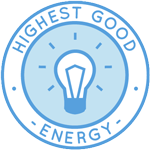

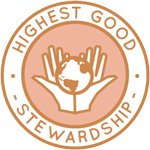

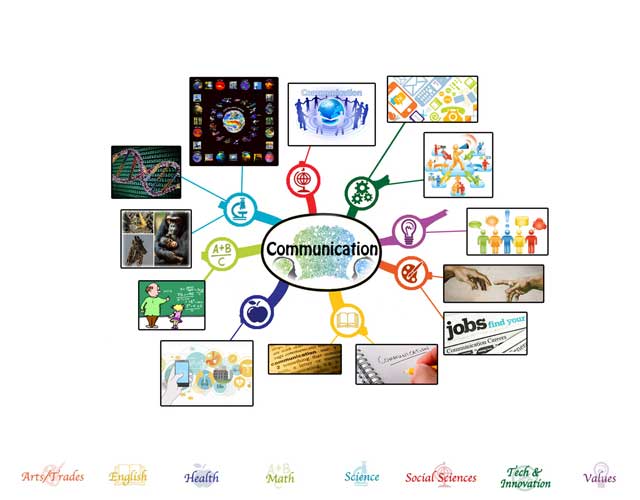
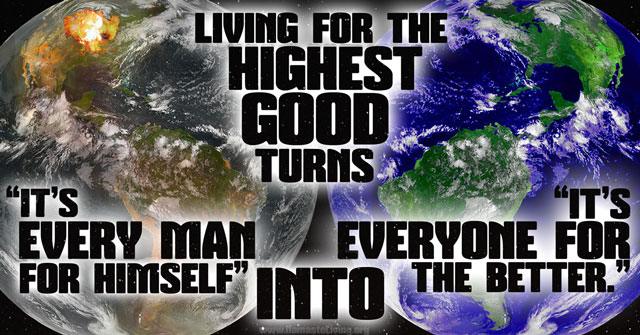
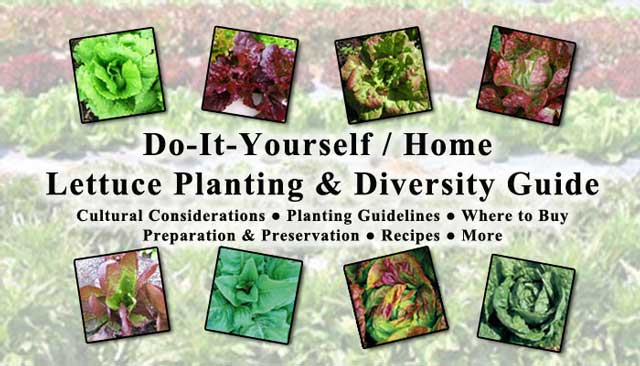
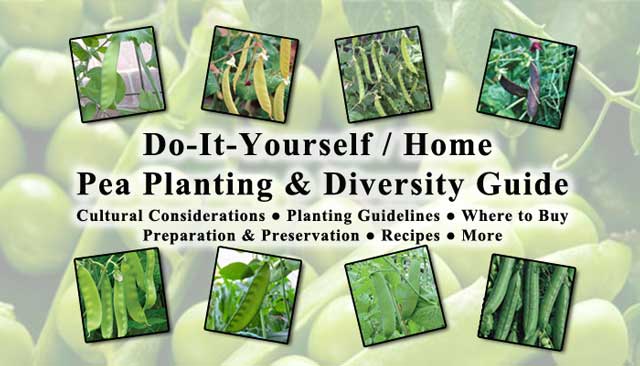
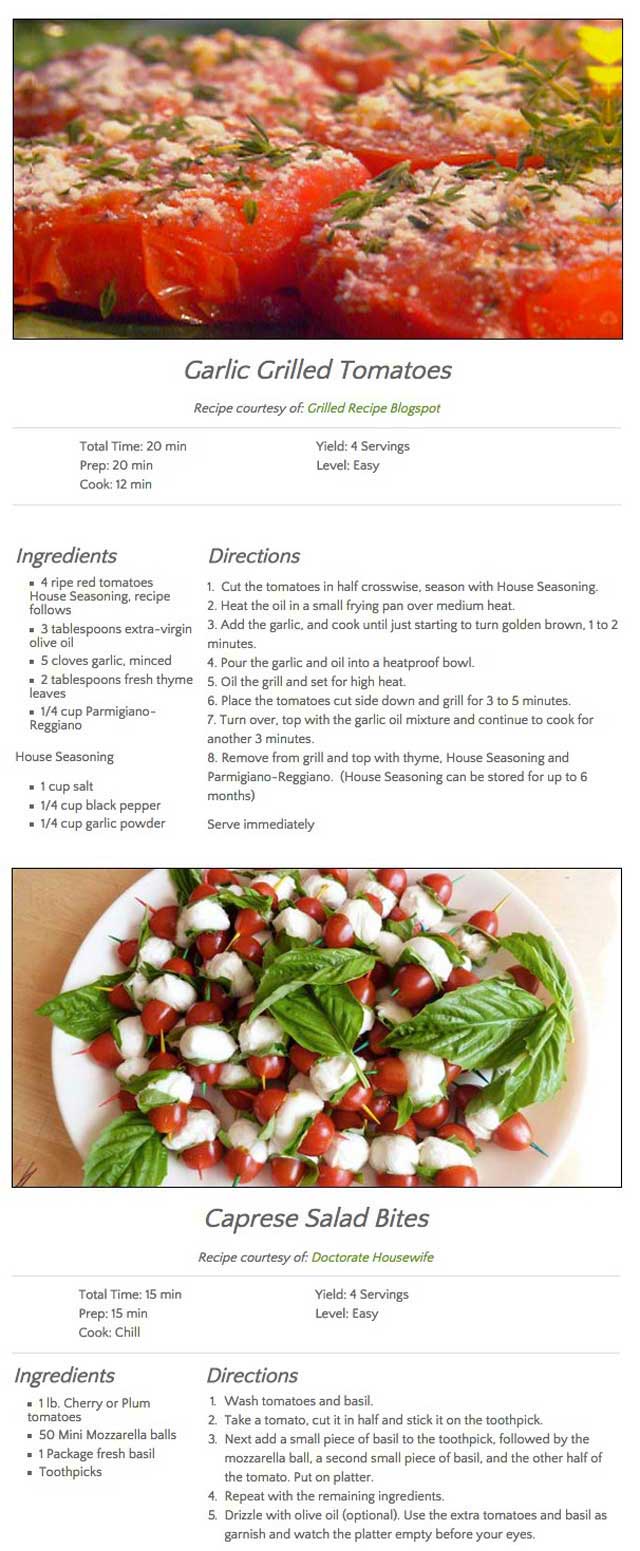

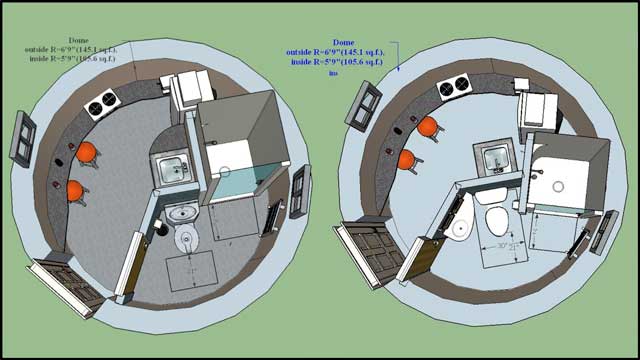

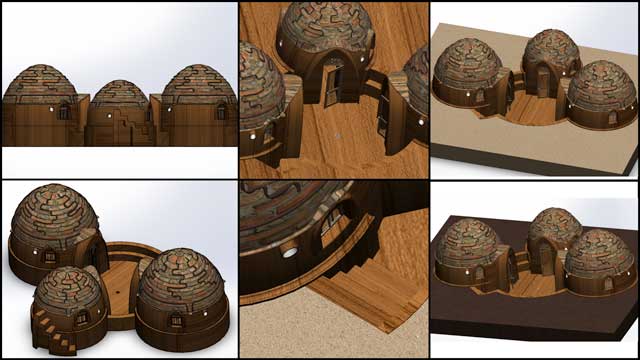



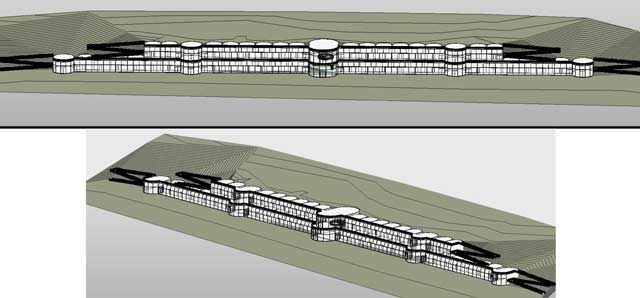
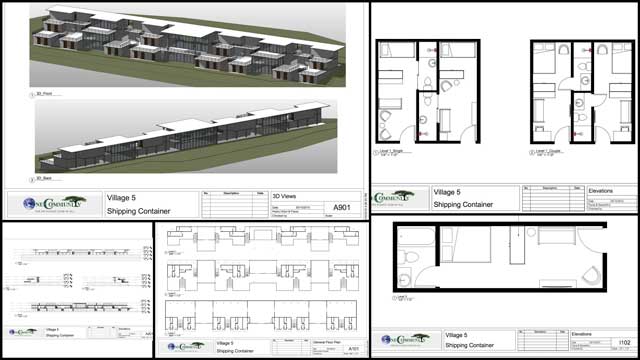
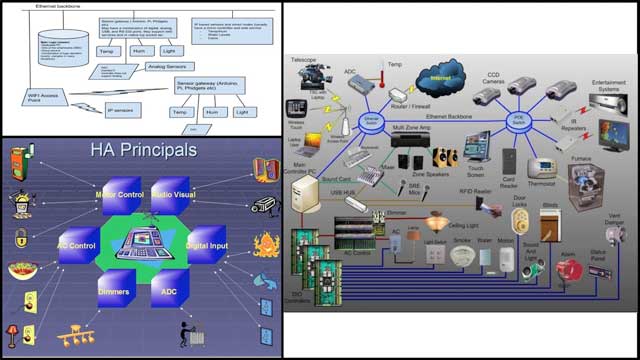

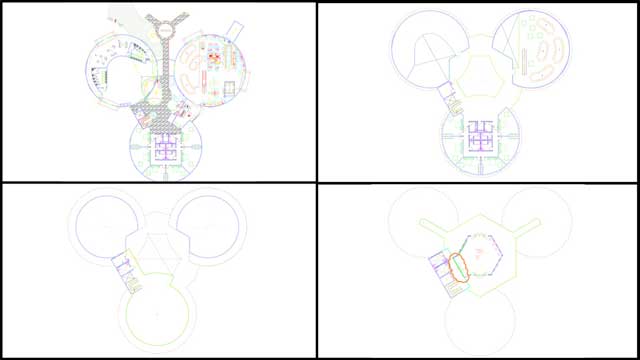
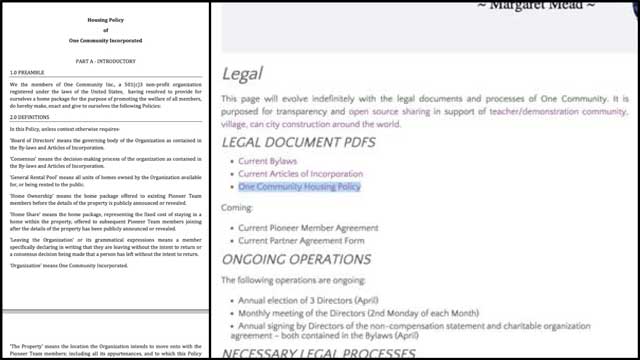
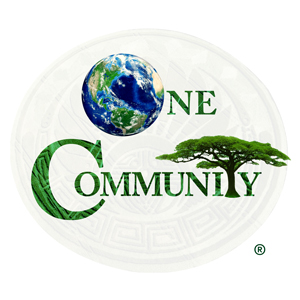


Connect with One Community